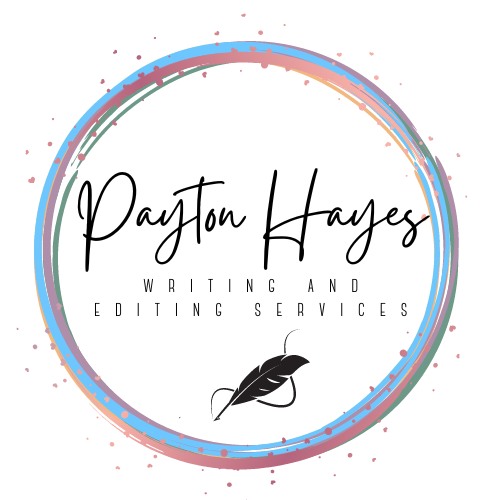Know The Rules So Well That You Can Break The Rules Effectively
“Know the rules well, so you can break them, effectively.” -Dalai Lama XIV
“Know the rules like a pro so you can break them like an artist” -Pablo Picasso
These are just two quotes that touch on the subject and since they’re from world renowned individuals, I think they must hold some weight. I think this notion of knowing the rules so you can break them holds especially true for the art of writing. Good writers who break the rules well are like the little blades of grass that peek up through the cracks in concrete—they shouldn’t be able to grow, they shouldn’t have the strength on their own to push through concrete—but they do, and sometimes, those weeds become flowers.
Whenever one of my writer friends says “You shouldn’t use adjectives” or “You shouldn’t waste too much time on mundane activities” what always comes to mind are two of the greatest fantasy writers of all time—J.R.R Tolkien and George R.R. Martin. They constantly break these two rules and many more in their work and not only do they get away with it, the are celebrated for it, which makes most writing advice out there, somewhat invalid. If they can do it and become world-class writers despite these common writing mistakes, why can’t I?
This is where knowing the rules comes in. If you know the rule, why it’s a rule, and why so many people tell you to steer clear of it, you then know how to use it to your advantage. The reason is, by knowing the rule inside and out, and knowing your writing is good, simultaneously, you know that you’re breaking the rule effectively.
Tweet from @PageTurner on Twitter.
If you break the rule in a bad way, like opening a scene with someone waking up and the following scene being predictable, then knowing the rule is pointless. But if you know the way you’re breaking it is interesting, unique, effective, and enhances or enriches the story, then not only are you breaking it well, you doing it in a way that will make other writers wonder how you got away with such a writing crime.
James Patterson opened up his bestselling novel, Maximum Ride with the main protagonist waking up, but he jumped right into the action in a fast-paced, and tense scene immediately after that kept readers engaged, enthralled, and made other writers wonder how he managed it.
Likewise, Tolkien went on for several chapters in the Lord of the Rings before the adventure ever began. One whole chapter even describe the dealings between the Bag-End Baggins hobbits and the Sackville Baggins hobbits, and spent another chapter describing a wordy, convoluted scene where Frodo and his friends enjoyed tea from and spent time with Farmer Maggot. Many writing coaches would say to avoid these lengthy scenes and cut them out since they didn’t drive the story or add to the plot in any way.
However, they’ve remained in every edition since publication and the novels are still celebrated today. It just goes to show if you know the rule like the back of your hand, you know you can break the rule and not only get away with it but be recognized for your writing when it’s done effectively.
For further reading on this topic, check out Steven Jame’s “Story Trumps Structure: “How to Write Unforgettable Fiction by Breaking The Rules” to:
Ditch your outline and learn to write organically.
Set up promises for readers—and deliver on them.
Discover how to craft a satisfying climax.
Master the subtleties of characterization.
Add mind-blowing twists to your fiction.
And that’s it for my hot take on how you can break the writerly rules by knowing them inside and out! What do you think about breaking the best-known rules in the writing world? Let me know in the comments below!
Thumbnail photo by Payton Hayes.


